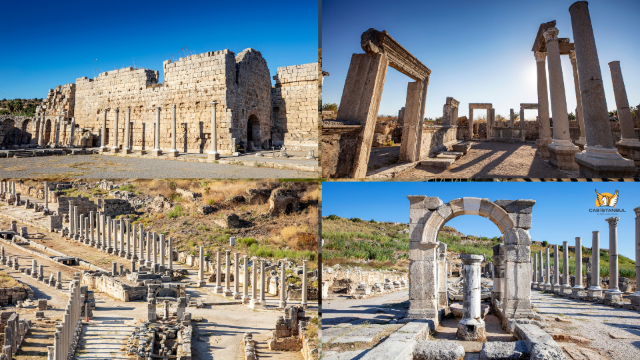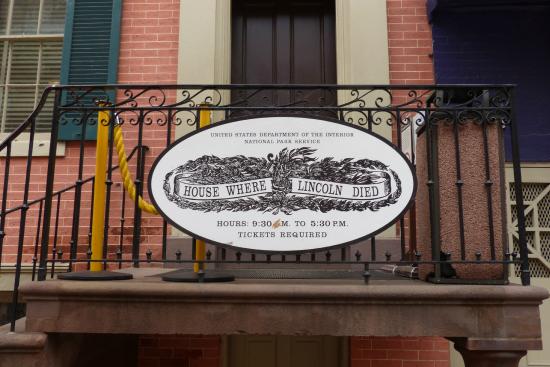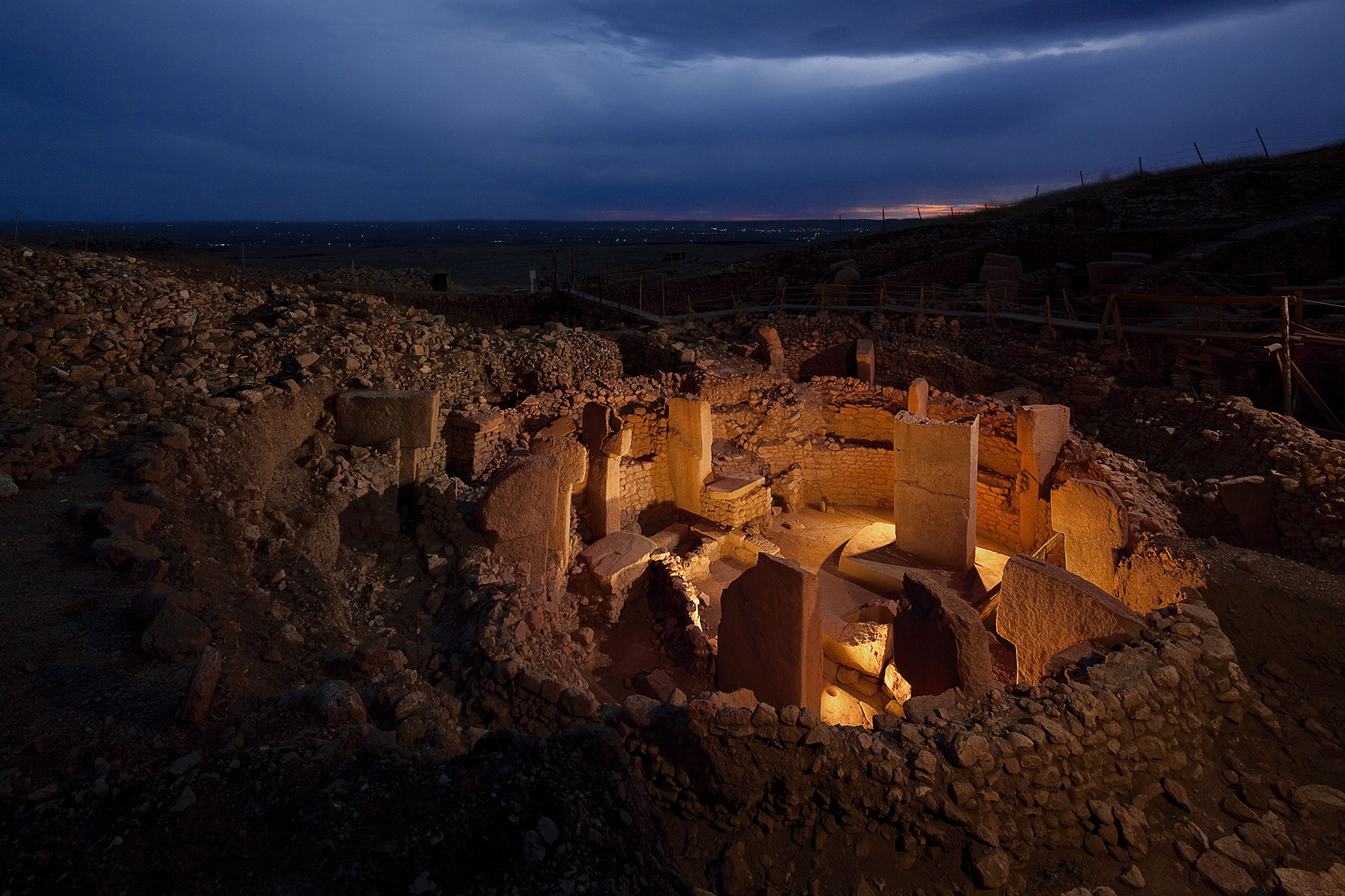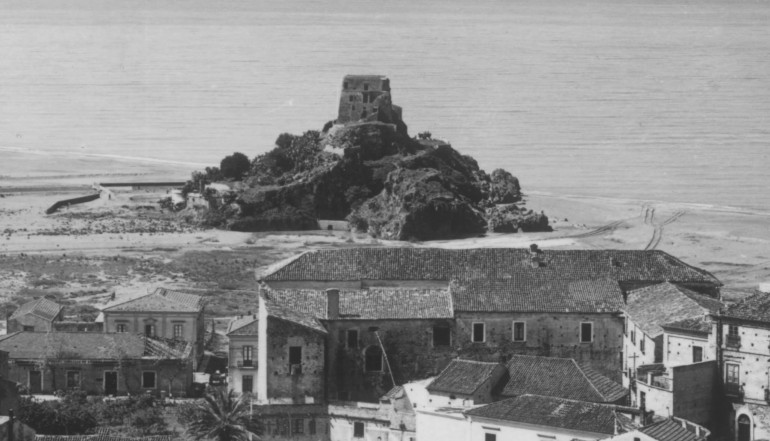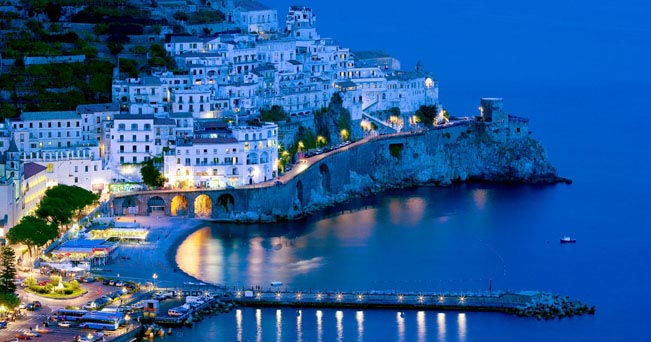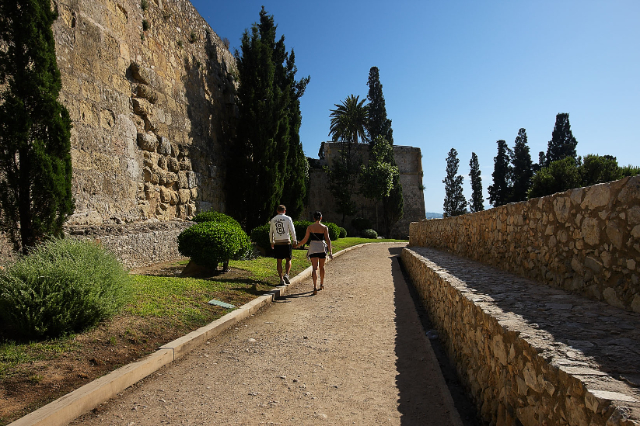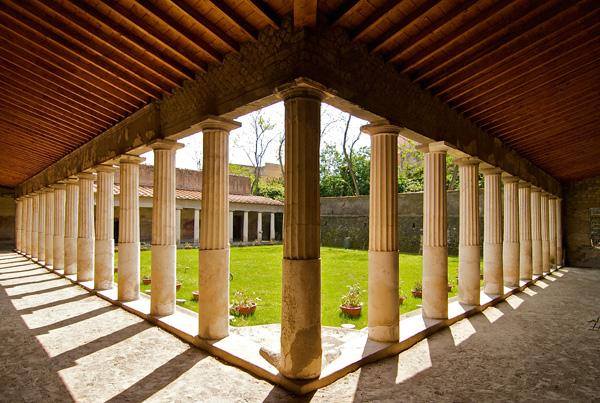Ephesus—the very name evokes awe and curiosity, doesn’t it? Nestled in the heart of Turkey, this archaeological dreamscape defies time, and its grandeur is so well-preserved that you can almost hear the chatter of ancient traders and the footsteps of toga-clad scholars. Ephesus isn’t merely a cluster of ruins; it’s a time capsule that captures the ethos of an entire civilization.
Begin your journey at the Library of Celsus, an edifice that was both a mausoleum and a library, a dual function that signifies the Romans’ respect for knowledge even in death. As you marvel at the façade, adorned with sculptures symbolizing Wisdom, Virtue, Intelligence, and Knowledge, you’ll realize that this wasn’t just a building; it was a statement.
A short walk from the library will bring you face-to-face with the colossal Grand Theatre, an imposing amphitheater that could accommodate up to 25,000 spectators. Picture this: you’re sitting here, among thousands, as dramatic performances and gladiatorial contests unfold below. Such grand spectacles were more than entertainment; they were an expression of Roman social and political ideals.
As you navigate the marble streets, you’ll likely stumble upon the remnants of ancient fountains and public baths, everyday luxuries that underline Ephesus’s sophistication. But here’s a lesser-known gem—the Terrace Houses. Located opposite the Temple of Hadrian, these luxurious residences offer an intimate look at domestic life in Ephesus, complete with central heating systems and beautiful frescoes.
Now, let’s talk about the sacred. The Temple of Artemis, though now lying in ruins, still possesses an ineffable aura. As one of the Seven Wonders of the Ancient World, this temple was not just a religious sanctuary but also a marketplace and a place for social gatherings. What remains of it today still hints at its erstwhile splendor—a place so sacred that even Alexander the Great felt unworthy of contributing to its restoration.
And speaking of the sacred, Ephesus has a profound connection with early Christianity. The Apostle Paul lived here, and his letters to the Ephesians are part of the New Testament. The Virgin Mary is also believed to have spent her last days in a small stone house—now a pilgrimage site—near Ephesus.
But beyond the monumental and the sacred, it’s the nuances that make Ephesus enchanting. The graffiti carved into the marble slabs of the brothel, indicating prices and services, remind you that this was a living, breathing city, as full of ordinary vices as it was of lofty ideals. The communal toilets, arranged socially rather than functionally, give you a humorous glimpse into daily life.
As you finally exit through the Magnesia Gate, pausing to take in the view one last time, you’ll realize that Ephesus isn’t just about ancient stones and echoes from the past. It’s a mirror reflecting human endeavors and dreams, eternally inviting us to walk its streets and ponder upon the complexities of human civilization. In a world where we often forget to appreciate the beauty of the past, Ephesus stands as an indelible testament to what was, what is, and what could be.
